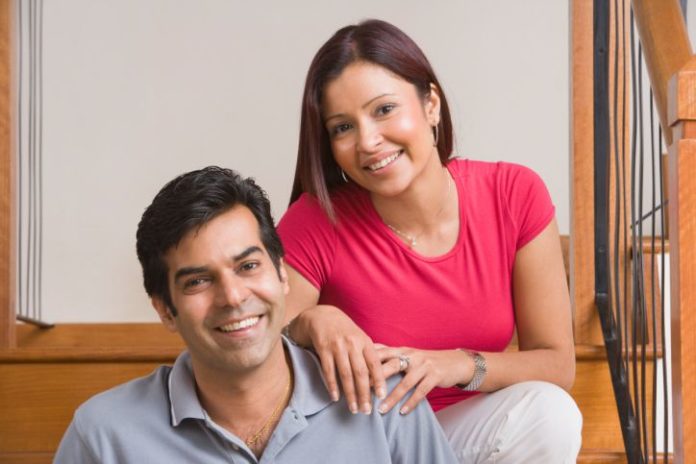From this week what has previously been referred to as the blastocyst, becomes, until its 9th week of growth (when you are 11 weeks pregnant), known as an embryo.
How big is your baby now?
Your baby is still tiny, only about 1.5mm long. That’s about the size of the tip of a pen.
How is your baby growing?
This week your baby’s body begins to take on a more human form in a process doctors call morphogenesis. The development of a thick layer of cells, referred to as the primitive streak, allows your baby’s head and tail, front and back, and left and right sides to be identified.
Your baby’s head grows proportionately large this week because of the rapid development of the brain and facial prominences.
The cells which will form the bones of the spine and the tissues of the spinal cord through which many of the baby’s nerves will run, also begin to take shape this week.
The spinal cord, also known as the neural tube, begins its development as an open groove. The groove begins to close from the midsection of your baby’s tiny body, and is ‘zipped up’ in both directions. The groove thickens as it moves towards what will become your baby’s head, to make room for the brain.
 How are your baby’s internal organs developing?
How are your baby’s internal organs developing?
Three weeks after conception a process called cell differentiation also begins. The cells of the embryo begin to differentiate in the bilaminar disc which formed in the fourth week of pregnancy. All existing cells in your embryo become one of three different types of cells, either mesoderm, endoderm or ectoderm. All of the different types of cells in your baby’s body will eventually grow from these three types.
Cells in the mesoderm will give rise to smooth muscles, connective tissues and the blood vessels which feed the organs, as well as the baby’s cardiovascular system, bones, reproductive system and excretory organs. They will also create cells from which bone marrow and blood cells are produced. Somites, a special group of cube-shaped cells from which the bones of the spine and ribs develop, also begin forming at your baby’s head and tail this week.
The endoderm cells are those which form the linings of body cavities including the stomach, lungs and colon. A horse shoe shaped cavity called the intraembryonic coelom, which will eventually become two cavities which contain your baby’s lungs and heart, forms this week,however these cavities will not take on their proper shape just yet. It is also from endoderm cells that gastro-intestinal organs such as the liver and pancreas grow.
The skin, nervous system, retina of the eye and other organs grow from the ectoderm cells.
Your baby’s cardiovascular system is developing rapidly and is the first to become functional. This week the beginnings of your baby’s heart and blood vessels start to grow. By the end of the week (20-21 days after you conceived) your baby’s heart begins beating! However, there is not yet blood in your baby’s system for the heart to pump around, and the heartbeat won’t be detectable for another 2 weeks (when you are 7 weeks pregnant).
References
More information on the 5th week of pregnancy
 |
For more information on the fifth week of pregnancy, see 5 weeks pregnant. |
 |
For more information about the subtle changes in your body which are symptoms of pregnancy, see Changes for mum this week. |
 |
For more information about appointments regarding pregnancy health advice and other lifestyle changes, see Doctor appointments this week. |
 |
For more information about the key points on the fifth week of pregnancy, see Key points this week. |




 (3 votes, average: 3.67 out of 5)
(3 votes, average: 3.67 out of 5) 






